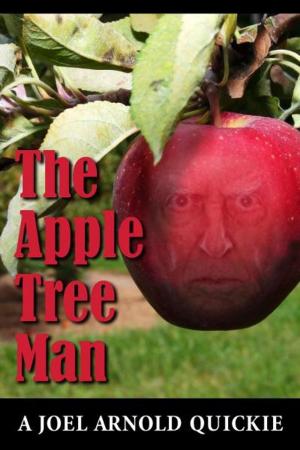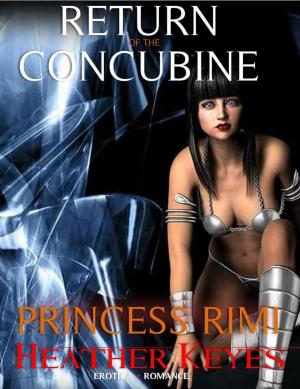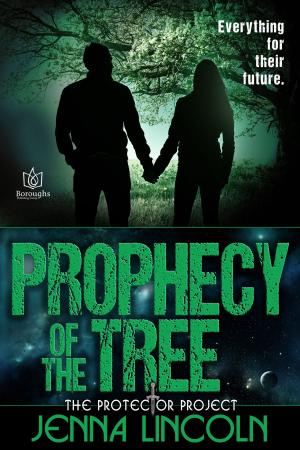| Author: | Patrick Beacham | ISBN: | 9781370180004 |
| Publisher: | Patrick Beacham | Publication: | August 14, 2016 |
| Imprint: | Smashwords Edition | Language: | English |
| Author: | Patrick Beacham |
| ISBN: | 9781370180004 |
| Publisher: | Patrick Beacham |
| Publication: | August 14, 2016 |
| Imprint: | Smashwords Edition |
| Language: | English |
Finding Shamoo is about a man who dies, goes to heaven, and sets out to find his dog, an Australian Shepherd named Shamoo.
It is, in short, about death, dogs, and redemption.
However, women, too, play an extremely important role – Chelsea, Carol, Penny and Heather – the four great loves – and the four great sexual liaisons – in the narrator’s life.
At the beginning of the novel, the narrator explores his early encounters with death. His first such encounter is with a Ouija board when he is 8 or 9. The Ouija board predicts that he will die in 2026, at age 77. The Ouija board does not lie.
In between, he describes his relationship with Shamoo, from puppyhood until her death from cancer at age 10.
He also describes and gives examples of his three guiding principles, which he had formulated at a very precocious age but without knowing, when he reflects on the experience years later, how he could possibly have done so: the love of a good woman, creative fulfillment, and finding God.
But though he achieves these goals, to a lesser or greater extent, he is, at the time of his death, still essentially an incomplete person, still asking questions that he has never been able to answer.
And he has still never fully recovered from Shamoo’s passing.
When he dies of a heart attack, the question remains: does he believe in God or doesn’t he? He would very much like to believe in God, but faith alone has never been sufficient. There is still the issue of proof. Real proof.
And so when the narrator awakens in heaven, he isn’t certain whether or not he is in heaven, or whether his brain, still functioning for at least a minute or two after his death, is enabling him to think so. But as he quickly concludes: no, it is not his brain.
Thus his quest to find Shamoo begins, whom he knows must also be in heaven. But he soon discovers that heaven is no simple place and has set him a series of challenges from which he must derive the appropriate lesson, or understanding, before he can attain his final objective.
This goes against the narrator’s first (and largely favorable) impression of his new home, where he experiences both a physical and spiritual rebirth shortly after his arrival, and therefore believes that he is finally free of all his earthly cares.
Unfortunately, he hasn’t accounted for the intense burden of emotional baggage still weighing him down, and that heaven, despite his rebirth, has not allowed him to shed.
On his journey through heaven, in order to meet the challenges he must overcome, the narrator encounters heaven’s version of his original family home in Southern California, Venice, Rome, the Scottish Highlands, the Lake District in England, and Lake Como. The vehicle provided to him for this journey is the same red ’63 T-Bird convertible he once owned on earth.
He also learns of the boundless possibilities that exist in heaven. While in Venice, he develops a close relationship with Anton Walbrook, the actor who portrayed Boris Lermontov in The Red Shoes and who is one of several guides he will encounter. The actor likens heaven to a watch or timepiece, but a device so complex that to learn all its capabilities requires endless experimentation and a tireless imagination. But again, these are powers that are never granted or given, but that can only be discovered.
As the story draws to a conclusion, he meets with all the dogs he has ever owned, and all the women he has ever loved, and learns his last, most important lessons.
At the top of a hill on Lake Como, there is but one more meeting: the final reunion of Pat, Heather and Shamoo.
Finding Shamoo is about a man who dies, goes to heaven, and sets out to find his dog, an Australian Shepherd named Shamoo.
It is, in short, about death, dogs, and redemption.
However, women, too, play an extremely important role – Chelsea, Carol, Penny and Heather – the four great loves – and the four great sexual liaisons – in the narrator’s life.
At the beginning of the novel, the narrator explores his early encounters with death. His first such encounter is with a Ouija board when he is 8 or 9. The Ouija board predicts that he will die in 2026, at age 77. The Ouija board does not lie.
In between, he describes his relationship with Shamoo, from puppyhood until her death from cancer at age 10.
He also describes and gives examples of his three guiding principles, which he had formulated at a very precocious age but without knowing, when he reflects on the experience years later, how he could possibly have done so: the love of a good woman, creative fulfillment, and finding God.
But though he achieves these goals, to a lesser or greater extent, he is, at the time of his death, still essentially an incomplete person, still asking questions that he has never been able to answer.
And he has still never fully recovered from Shamoo’s passing.
When he dies of a heart attack, the question remains: does he believe in God or doesn’t he? He would very much like to believe in God, but faith alone has never been sufficient. There is still the issue of proof. Real proof.
And so when the narrator awakens in heaven, he isn’t certain whether or not he is in heaven, or whether his brain, still functioning for at least a minute or two after his death, is enabling him to think so. But as he quickly concludes: no, it is not his brain.
Thus his quest to find Shamoo begins, whom he knows must also be in heaven. But he soon discovers that heaven is no simple place and has set him a series of challenges from which he must derive the appropriate lesson, or understanding, before he can attain his final objective.
This goes against the narrator’s first (and largely favorable) impression of his new home, where he experiences both a physical and spiritual rebirth shortly after his arrival, and therefore believes that he is finally free of all his earthly cares.
Unfortunately, he hasn’t accounted for the intense burden of emotional baggage still weighing him down, and that heaven, despite his rebirth, has not allowed him to shed.
On his journey through heaven, in order to meet the challenges he must overcome, the narrator encounters heaven’s version of his original family home in Southern California, Venice, Rome, the Scottish Highlands, the Lake District in England, and Lake Como. The vehicle provided to him for this journey is the same red ’63 T-Bird convertible he once owned on earth.
He also learns of the boundless possibilities that exist in heaven. While in Venice, he develops a close relationship with Anton Walbrook, the actor who portrayed Boris Lermontov in The Red Shoes and who is one of several guides he will encounter. The actor likens heaven to a watch or timepiece, but a device so complex that to learn all its capabilities requires endless experimentation and a tireless imagination. But again, these are powers that are never granted or given, but that can only be discovered.
As the story draws to a conclusion, he meets with all the dogs he has ever owned, and all the women he has ever loved, and learns his last, most important lessons.
At the top of a hill on Lake Como, there is but one more meeting: the final reunion of Pat, Heather and Shamoo.















